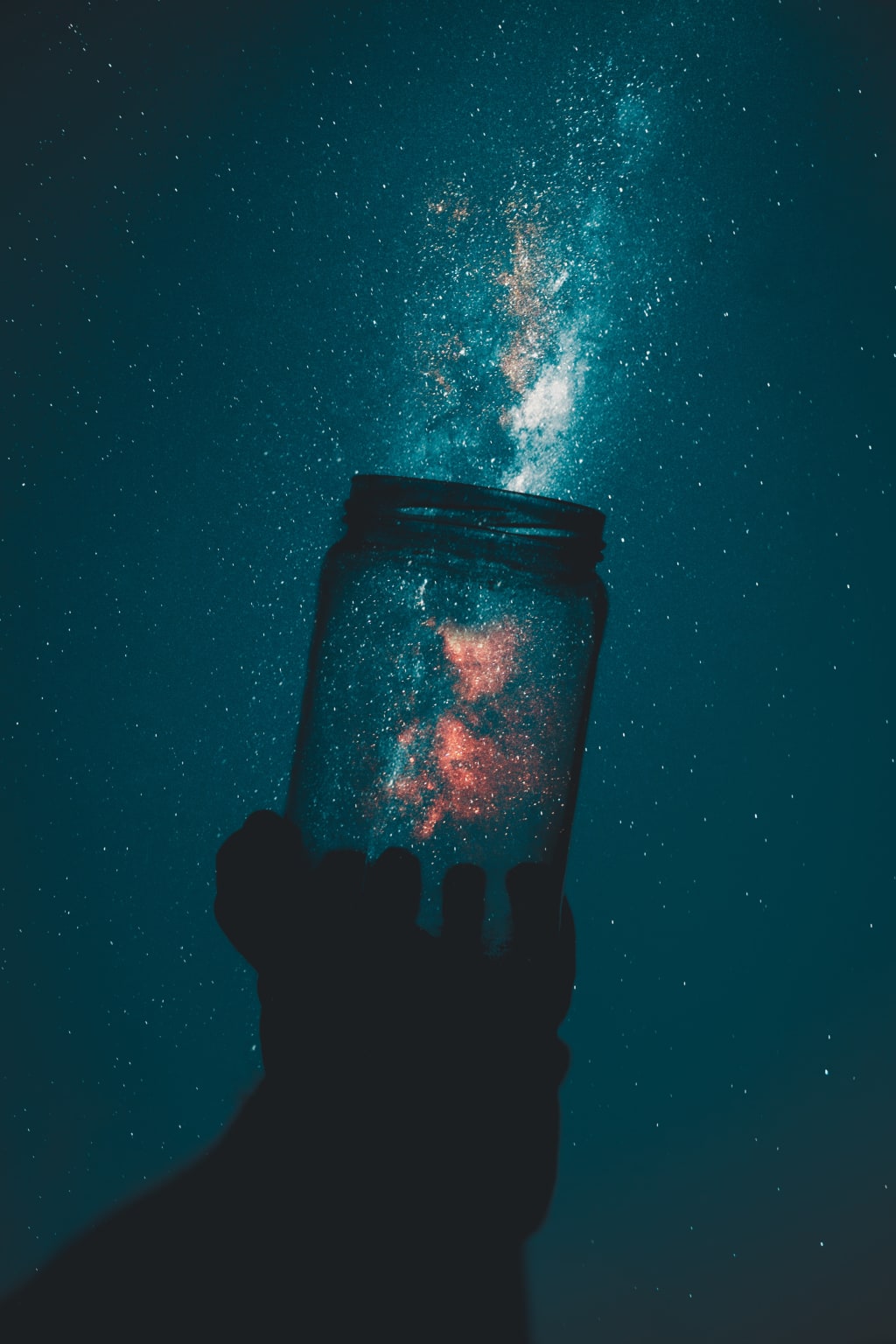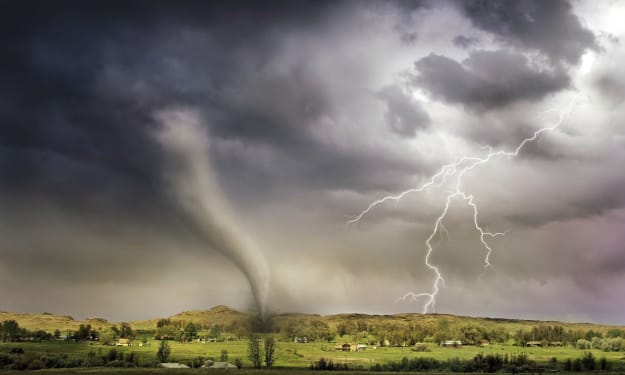Things You Were Lied to About Space
Things You Were Lied to About Space

Our Sun, contrary to popular belief, is not a bright yellow ball of fire. It emits most of its energy at a wavelength close to green, but due to the combination of various wavelengths, our eyes perceive it as white. The Sun's color appears yellow when observed from Earth due to our atmosphere's scattering of blue light. If the Sun were actually yellow, it would be significantly cooler, affecting our planet's habitable zone and potentially rendering Earth uninhabitable.
The Sun is not on fire like a combustion reaction with oxygen; it is a gigantic nuclear reactor. It is primarily composed of hydrogen and helium, with fusion reactions in its core constantly converting hydrogen into helium and releasing immense amounts of energy. This process is what makes the Sun scorching hot and provides the heat and light necessary for life on Earth.
Contrary to popular depictions, explosions do not occur in space because there is no oxygen to sustain combustion. The absence of air and oxygen prevents the propagation of fire. Similarly, if someone were thrown into the vacuum of space, they would not freeze instantaneously. Heat or cold does not transfer quickly in the vacuum, so it would take hours for the body to freeze. However, the lack of oxygen would cause unconsciousness within 15 seconds, leading to organ failure and eventual death within a few minutes.
Space itself does not have a temperature because temperature is defined by the movement and energy of particles, which are absent in the true vacuum of space. However, areas of space can be extremely hot or cold depending on proximity to stars or the density of gas clouds. For example, some gas clouds can reach temperatures as low as minus 263 degrees Celsius.
In our solar system, Mercury is not the hottest planet despite being the closest to the Sun. The hottest planet is Venus, where a thick atmosphere creates a greenhouse effect, trapping heat and leading to surface temperatures of about 475 degrees Celsius. Each planet in our solar system orbits the Sun, but the system as a whole is also in motion. It is hurtling through space at a speed of 220 kilometers per second, completing one orbit around the Milky Way galaxy approximately every 230 million years.
While Earth appears round from space, it is actually an irregularly shaped ellipsoid, slightly bulging at the equator due to the centrifugal force caused by its rotation. As a result, Earth is wider at the equator than at the poles, and gravity is slightly weaker at the equatorial bulge. This makes it more advantageous to launch spaceships from equatorial regions.
In the vacuum of space, sound cannot propagate because it requires a medium to travel through. Molecules in space are extremely far apart, so sound dissipates before it can travel significant distances. However, in certain regions with abundant particles, such as hot gas clouds, sound can propagate. For instance, the hot gas cloud around the black hole at the center of the Perseus Galaxy cluster emits sound waves that can be detected.
While space may seem silent, other planets in our solar system would produce distinct sounds if we could hear them. Each planet's sound would be unique and influenced by various factors.
In conclusion, our understanding of the Sun, space, and celestial bodies has evolved beyond popular misconceptions. The Sun is not yellow, but emits energy close to green. Space is not cold everywhere, and temperature depends on proximity to stars and gas cloud density. Planets do not explode in space due to the absence of oxygen. Earth's shape is slightly bulged at the equator, and gravity is slightly weaker there. Sound does not propagate in the vacuum of space, but specific regions with abundant particles can produce detectable sound waves. Exploring the mysteries of space continues to provide fascinating insights into our universe.
About the Creator
Enjoyed the story? Support the Creator.
Subscribe for free to receive all their stories in your feed. You could also pledge your support or give them a one-off tip, letting them know you appreciate their work.





Comments (1)
very knowledgeable. Was wonderful to read about this wealth of information. I recommend a short story https://vocal.media/fiction/the-story-of-estella-and-harold